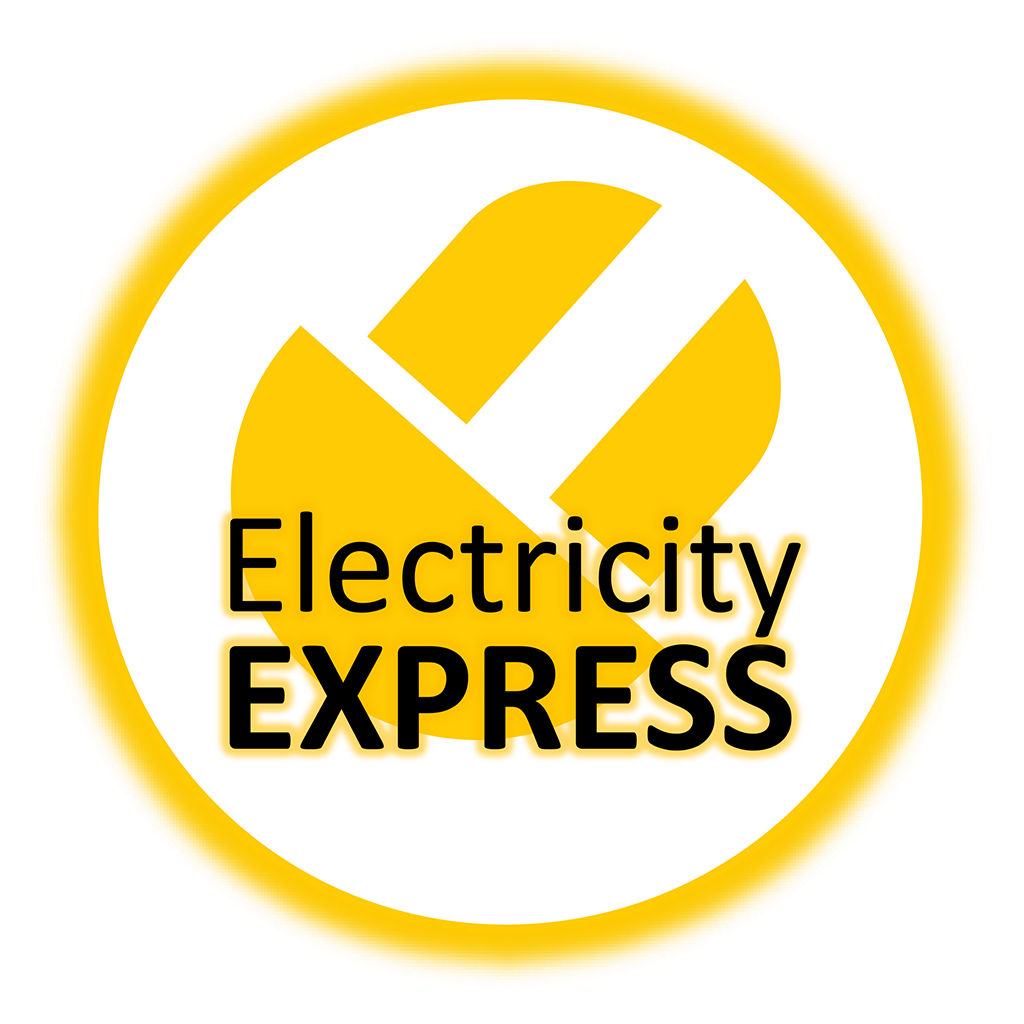Save Energy During Wild Weather and Stay Cool (or Warm)

Save Energy During Wild Weather and Stay Cool (or Warm).
Save Energy During Wild Weather and Stay Cool (or Warm). Wild weather can wreak havoc on your energy bills if you’re not prepared. Whether you’re facing a scorching summer or a frigid winter, this guide will help you save energy and maintain comfort.
Save Energy During Wild Weather – Understanding the Impact on Energy Consumption
When Mother Nature decides to throw a weather tantrum, our energy consumption often takes a hit. During extreme weather, whether it’s blistering heat or bone-chilling cold, energy demand spikes as we strive to maintain a comfortable home environment.
Air conditioners and heaters work overtime, and before you know it, your energy bills are climbing faster than a cat up a tree.
Wild weather can also lead to power outages, causing increased reliance on backup generators, which are not always energy-efficient. Understanding this impact is crucial for devising strategies that help you stay comfortable while keeping energy consumption in check.
Benefits of Energy Conservation During Extreme Weather
Saving energy during wild weather isn’t just about cutting costs, although that’s a pretty sweet bonus. Conserving energy also reduces the strain on local power grids. When everyone cranks up their AC or heating, the grid gets overloaded, which can lead to blackouts. By using less energy, you’re playing your part in ensuring that everyone has access to power when they need it.
Energy conservation also has a positive impact on your home’s carbon footprint. By using less electricity, you’re helping to reduce the overall demand for energy production, which often relies on fossil fuels. This, in turn, reduces harmful emissions, contributing to cleaner air and a healthier environment.
Energy-Saving Tips for Hot Weather
When the sun is blazing and the air feels like a sauna, keeping cool without cranking up the AC seems impossible. Here are some tips to help you stay chill and save energy.
-
Use Fans Wisely: Ceiling fans and portable fans can be your best friends during hot weather. They circulate air, making you feel cooler without lowering the temperature. Remember, fans cool people, not rooms, so turn them off when you leave.
-
Close Blinds and Curtains: Keep the sun’s rays at bay by closing blinds and curtains during the hottest part of the day. This simple step can reduce indoor temperatures significantly.
-
Optimize AC Usage: Set your thermostat to 78°F (25.5°C) when you’re at home and a bit higher when you’re away. Use programmable thermostats to adjust temperatures automatically based on your schedule.
Energy-Saving Tips for Cold Weather
If Jack Frost comes nipping at your nose, staying warm without blasting the heater can seem like a tall order. But with these tips, you’ll keep cozy and conserve energy.
-
Seal Drafts: Check doors and windows for drafts and seal them with weather stripping or caulk. This prevents warm air from escaping and cold air from sneaking in, making your heating system more efficient.
-
Layer Up: Embrace the power of layering. Wearing warm clothing and using blankets can help you feel comfortable at lower indoor temperatures, reducing the need to crank up the heat.
-
Heat Only the Rooms You Use: Close vents in unused rooms and focus heating efforts on spaces you frequent. This targeted approach ensures you’re not wasting energy on unnecessary areas.
Technological Solutions for Energy Efficiency
Technology is a game-changer when it comes to energy efficiency. With the right tools, you can monitor and manage your energy use more effectively, even during the most extreme weather conditions.
-
Smart Thermostats: These devices learn your schedule and preferences, adjusting temperatures automatically to optimize energy use. Some models even provide insights into your energy consumption, helping you identify areas for improvement.
-
Energy-Efficient Appliances: Investing in energy-efficient appliances can make a significant difference in your energy consumption. Look for ENERGY STAR-rated products, which meet strict efficiency guidelines and can help reduce your energy bills.
-
LED Lighting: LED bulbs use significantly less energy than traditional incandescent bulbs and last much longer. By switching to LED lighting, you can save on electricity costs and reduce the frequency of replacements.
Smart Home Devices for Energy Management
The rise of smart home technology has made energy management easier than ever. With the right devices, you can automate tasks, monitor usage, and make adjustments from anywhere.
-
Smart Plugs: These handy devices allow you to control appliances remotely, turning them off when not needed. They’re perfect for devices that draw power even when not in use, like chargers and entertainment systems.
-
Energy Monitoring Systems: Keep tabs on your energy consumption with energy monitoring systems. These devices provide real-time data on your energy usage, helping you identify patterns and make informed decisions.
-
Smart Blinds and Curtains: Automate your window coverings to open and close based on the time of day and temperature. This helps regulate indoor temperatures naturally, reducing the need for heating and cooling.
DIY Projects for Better Home Insulation
Improving your home’s insulation is a fantastic way to reduce energy consumption, especially during extreme weather. Here are some DIY projects to get you started:
-
Install Weather Stripping: Seal gaps around doors and windows with weather stripping to prevent drafts and improve energy efficiency. It’s an easy project with a big impact.
-
Add Attic Insulation: Boosting your attic insulation can significantly reduce energy loss. Consider adding additional insulation or replacing old, ineffective materials.
-
Seal Ductwork: Leaky ducts can cause a significant amount of energy loss. Use mastic sealant or metal tape to seal joints and connections, ensuring your HVAC system operates efficiently.
Conclusion: Stay Comfortable and Save Energy Year-Round
Wild weather is no match for a savvy homeowner armed with knowledge and the right tools. By understanding the impact of extreme weather on energy consumption and implementing practical tips and technologies, you can save energy, reduce costs, and stay comfortable no matter what Mother Nature throws your way.
Remember, energy conservation is a year-round effort. From sealing drafts and optimizing HVAC settings to embracing smart technologies and taking advantage of government incentives, every step you take contributes to a more sustainable and cost-effective lifestyle.
Ready to take on wild weather with energy-saving gusto?
Start by implementing some of these strategies today and keep an eye on your energy bills as they shrink faster than a snowman in July! Together, let’s pave the way to a greener, more energy-efficient future. 🌍💡
Measure your efforts to save electricity with prepaid electricity.
No Deposit Electricity
877-578-2977
